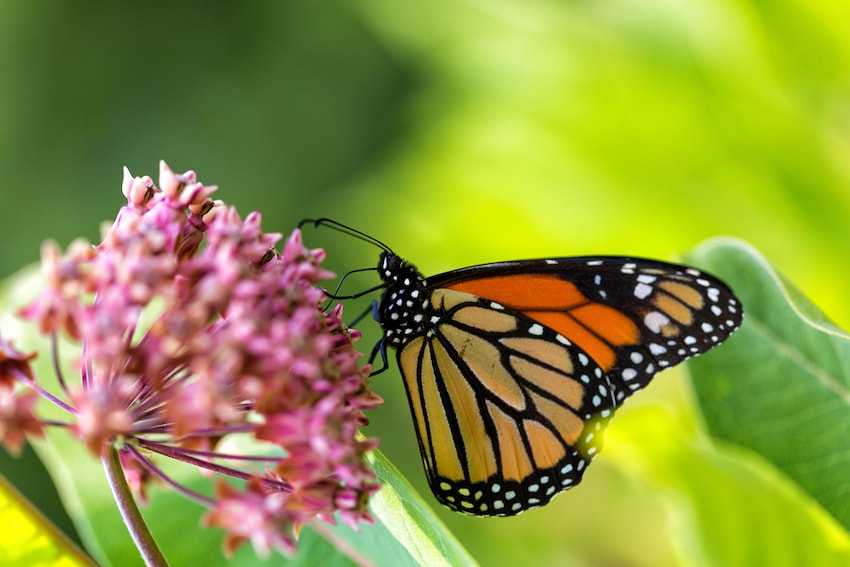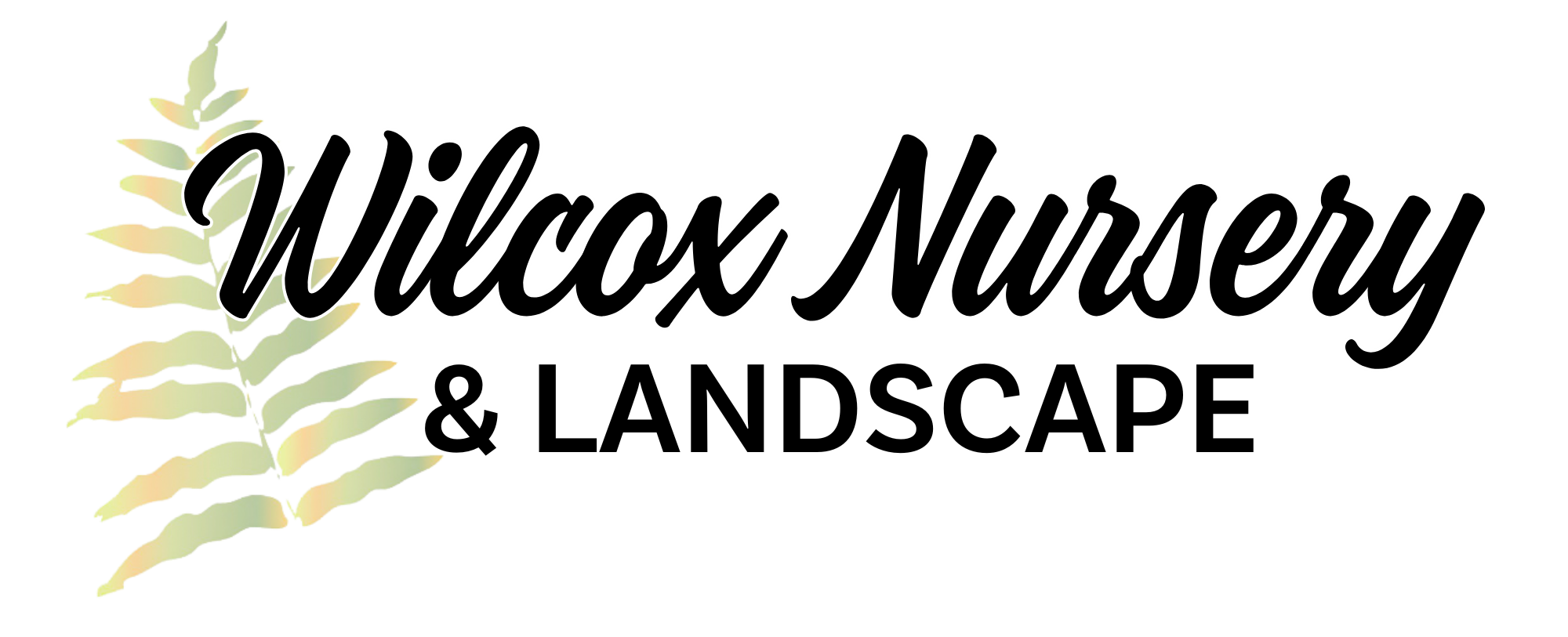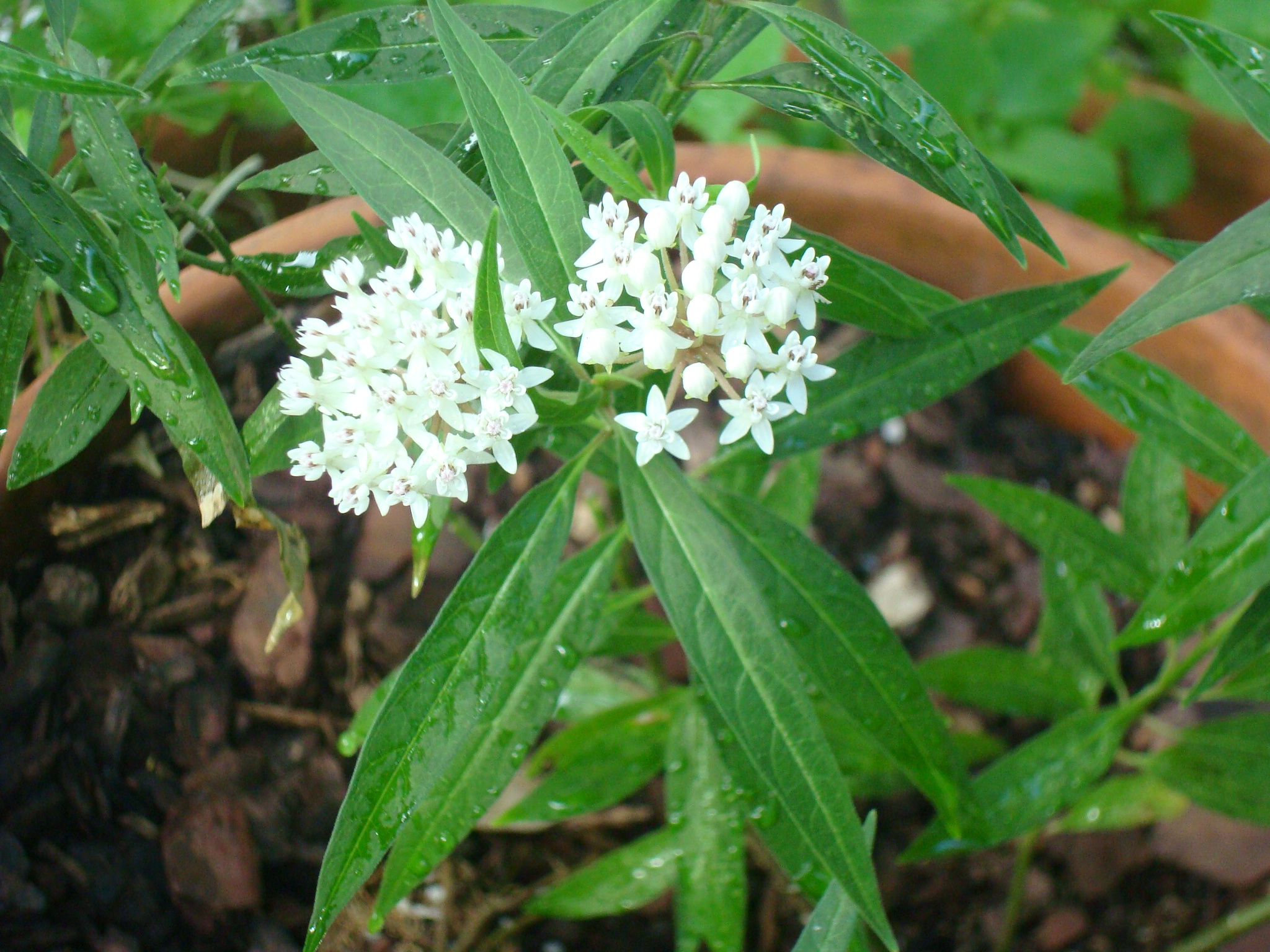One of the best known and beloved species of butterfly in North America, the monarch butterfly is a familiar sight in our gardens and is the main attraction of one of the greatest annual migratory events in the world. Every fall, millions of monarch butterflies take their long southern journey from Canada and the United States to sites in California and Mexico where they can survive the winter.
Unfortunately, these migrating monarch populations have been declining steadily over the last three decades. Among the contributing factors for the decline are unfavorable weather, the degradation and loss of their natural habitats, disease, predation, and the rapid perpetual loss of host plants both nectar and larval.
The Vital Role of Milkweed in the Monarch Butterfly’s Life Cycle

Life for monarch butterflies in the eastern United States centers around milkweed, a group made up of 100 plants that provide food, nectar, and shelter. Millions of migrating butterflies travel to overwintering sites each year and glide from one milkweed plant to another along with other native flowering plants.
The native milkweeds in Florida have a crucial part to play in the migratory life-cycle of the monarchs because they provide the essential resources needed in early spring for returning butterflies. There are 21 milkweeds native to Florida, their vibrant flowers offering bountiful, quality nectar for many pollinators including bees and hummingbirds.
Yet, very few of the milkweeds native to Florida can be found in nurseries or sold as seed. While Butterflyweed (Asclepias tuberosa) is widely available and has an abundant nectar source, it doesn’t fully provide the nutrition monarch butterflies need and it’s not consistently used by monarch larvae. Many gardeners end up buying non-native tropical milkweed (Asclepias currasavica) as a solution since it’s common in the marketplace. It’s often, however, misrepresented as a native or misidentified which causes many problems.
A Rising Threat
Because of the rise of non-native milkweed species in the southern United States, monarch butterflies are cutting their migration short and as a result, they are catching parasites.
The native milkweed population in the Midwest has been greatly demolished between the widespread use of herbicides and other cultivation practices. Many believe that to be one of the biggest reasons the monarch population has dropped to around 14% of what it was in 1997.
In an effort to try and help the monarchs, gardeners have been adding milkweed species to their gardens including non-native tropical milkweed which can have some pretty devastating consequences on the species they are trying to save. These non-native tropical milkweeds don’t die out in late summer as native species do. These tropical cousins live all year, offering leaves for caterpillars and flowers to nurture adults.
Native milkweed dying out at summer’s end forced butterfly colonies to move on. With the non-native tropical versions, year-round colonies of monarchs have formed in some areas. The risk of exposure to freezing temperatures is there as a result which can be fatal to those in immature stages and adults.
It’s also led to the widespread infection of Ophryocystis elektroscirrha, a protozoan parasite that not only makes it difficult for the monarch butterfly to fly, but it also shortens their lifespan. Any parasite attached to native milkweeds dies off when they do. With the year-round longevity of the non-native tropical milkweeds, the parasite continues to spread.
Also, many commercially-grown plants have possibly been treated with systemic pesticides which make them potentially toxic to monarch larvae much to the frustration of well-meaning gardeners.
Help Protect the Monarch Butterfly
What can Florida gardeners who want to create nurturing habitats for monarch butterflies do?
Visit your local garden center or nursery and specifically ask for native species of milkweed using their scientific names.
The best types of native milkweed for monarch butterflies:
- Aquatic milkweed (Asclepias perennis)
- Common milkweed (Asclepias syriaca)
- Pinewoods milkweed (Asclepias humistrata)
- Redring milkweed (Asclepias variegata)
- Swamp milkweed (Asclepias incarnata)
By buying from local nurseries and vendors, you can also ask how the plants were cultivated and ensure they are free of toxic pesticides and herbicides.
The process of butterfly metamorphosis and the wonder of monarch migration have fascinated scientists and poets alike for centuries. In being perpetual students and conscientious gardeners, the monarch butterfly can survive to fascinate and be studied by future generations with restored habitats of safe native milkweed that’s free of parasites.


